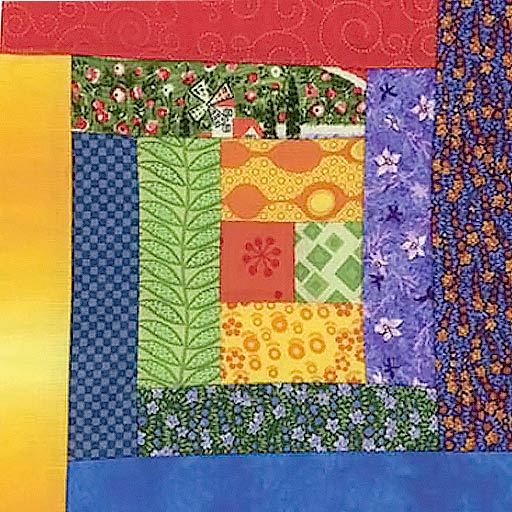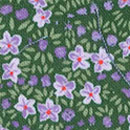“…living close to physical death (our own and that of others), we come to recognize death as a natural and often welcome event. Yet another movement of growth into the fullness of the knowledge of God.”
Margaret McNeill, 1990, PYM Faith and Practice, 2002
If you are 18 and over and wish to have a say about what may happen to you if you become unable to speak for yourself, you need Advance Directives. Advance Directives include a Health Care Proxy, Living Will, Power of Attorney, and a will. Towards the end of life, one needs a Do Not Resuscitate (DNR), and some states may have other forms as well.
A Health Care Proxy allows a person to choose whom they want to make their decisions for medical care when they are not able or no longer want to. It also provides space to say exactly what those decisions would be. Your state may have one online. It allows you to make your choices and remain in control. Parents will not necessarily be deferred to by doctors for an adult child (18 and over), especially if the parents are divorced and not in agreement.
Living Wills also are tools to express your medical decisions, but they do not have the power of law behind them that a Health Care Proxy does. They do give additional opportunity to be clear about your wishes. They can also be found online.
A Power of Attorney (POA), or a Springing or Durable POA covers non-medical decisions that may need to be made when you are no longer able, such things as paying the bills, choosing a long term care facility, doing the taxes. Be sure that your form is the most current one accepted by your state. A springing POA is one that only goes into effect when you no longer can take care of business yourself; a durable POA remains in effect when you are no longer able. Some states websites provide them online, or they may be purchased at a business supply store.
Wills are not magic: doing one will not make you die, despite what many Friends have only half jokingly told ARCH program facilitators. Children will need someone to care for them, if the parents are no longer able and you want to be the person choosing, rather than having the decision made by the court, or by a family argument. Wills can clearly make your wishes known about what to do with the stuff, the cash, and who or how that is decided, and thus prevents those ugly family fights that result in siblings becoming estranged. If you do not have a will the state may decide how much of your estate goes to your children and how much to your spouse. The three previous items do not need a lawyer, a will does.
DNR and other state forms are available to complete towards the end of life. Your state’s Do Not Resuscitate form is online. It prevents you from having your heart or lungs restarted when you no longer want that to happen. In many states, even if you have a DNR, when someone calls the paramedics they will, by law, resuscitate you. If this is not what you want, ask the people who are likely to be with you just to hold your hand. Your state may have other forms you can fill out with your doctor telling what treatment you do and do not want at the end of life, and the doctor signs and dates each section. Having this conversation with your MD can help your decisions and informs your doctor, since these directives can be enforced by law.
A File of Life is a plastic bag with a red sticker on it kept on the refrigerator door, and a matching red sticker goes on the front door. Inside the bag is a copy of your proxy statement and a form with all your medical information. Paramedics will recognize the sticker on the door and will grab the bag and take it with you to the hospital.
Once you have filled out all of these, give a copy of each, except your will, to your family, your health care proxy and all your doctors and discuss what exactly your decisions are. Your lawyer keeps the original of your will. Do not keep any of these in the safety deposit box, which will be sealed at your death, preventing your loved ones from being able to get them for several weeks.
Consider having a conversation in your faith community about planning for very serious illness or the end of life. Exploring these issues in a supportive environment can help people address their values and emotions while making informed decisions. Both NYYM and PYM offer free Advance Directives workshops to Meetings in which we provide such forms, discuss the issues and do a whole lot more. Friends find this workshop to be actually enjoyable as well as informative, and not gloomy. To schedule a workshop for your Meeting contact your Yearly Meeting office.
Download this article in pamphlet form
LINKS TO MORE INFORMATION: Click on the blue text below to be directed to outside websites that offer additional information on this topic. Articles from this site will open in the same browser window/tab. Articles from other websites will open in a new window; when you are done, simply click out of that window and you will be back on this site.
More articles on this website:
End of Life Decision Making and Quaker Testimonies
Green Burial and Other Options
Other Articles/Links:
Minute from Northern Yearly Meeting about preparing for death
Download your state’s Advance Health Care Directives
Legal Guide for the Seriously Ill
Sources/Further Reading:
Hank Dunn, Hard Choices for Loving People: CPR, Artificial Feeding, Comfort Care and the Patient with a Life-Threatening Illness, Fifth Edition (ISBN 978-1-928560-06-7)
Elizabeth Gray Vining, Facing One’s Own Death, 1979, Spoken Essay for the Committee on Worship and Ministry for Philadelphia Yearly Meeting.
Lucy Screechfield McIver, A Song of Death, Our Spiritual Birth: A Quaker Way of Dying, Pendle Hill Pamphlet 340, 1998, Pendle Hill, Wallingford, PA.




